[metaslider id=”315″]
In this activity, students designed their own superheroes using only fruits and vegetables. Throughout the lesson students were required to use their knowledge of vegetables and fruits, as well as their imagination to describe their superhero’s physical characteristics and superpowers.
Students also learned that they need to eat five or six servings of vegetables and fruit every day and that vegetables and fruit provide us with the vitamins, minerals and fibre we need to stay healthy.
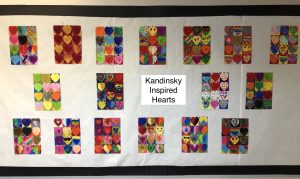
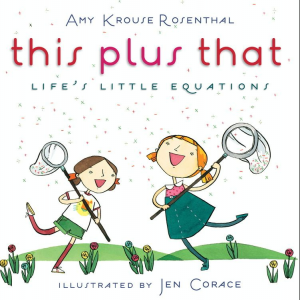
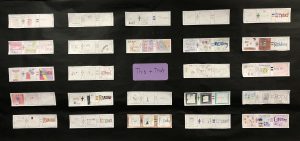
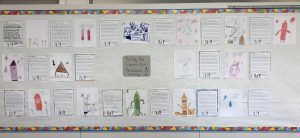
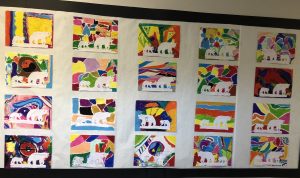
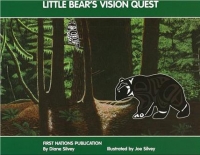
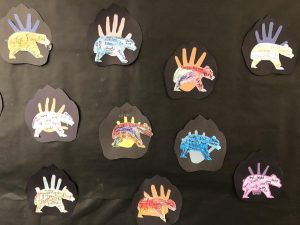
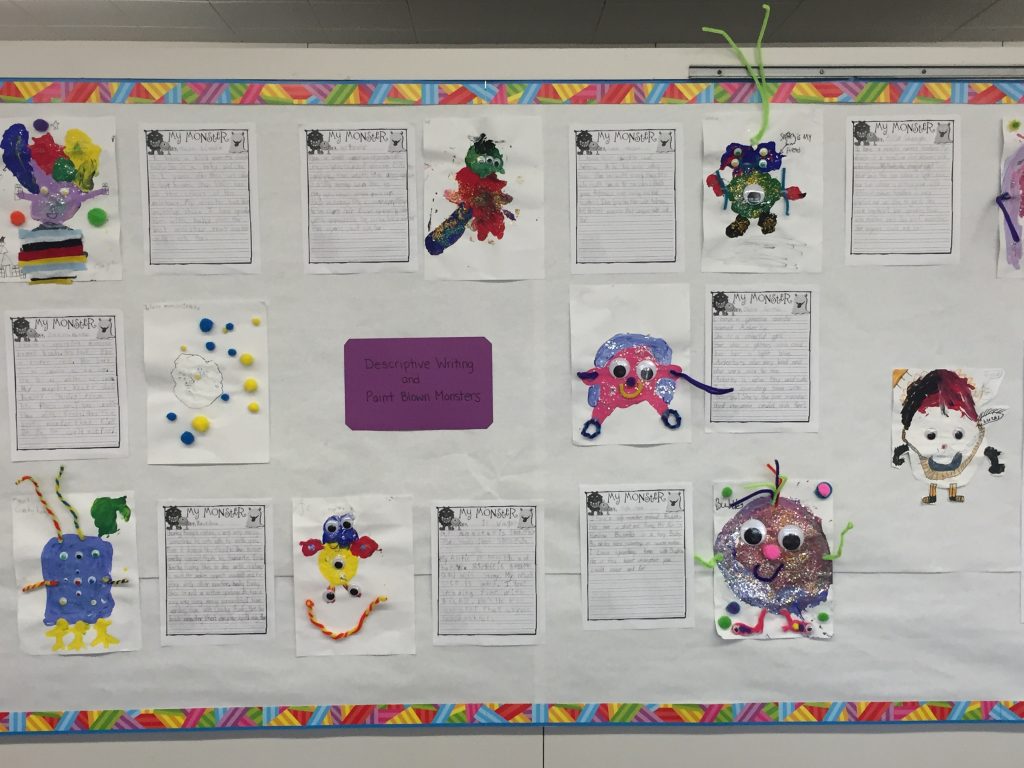 Students in Div 9 have been learning to enhance their writing, making it more descriptive by adding adjectives. They did an excellent job using adjectives to describe their monster’s personality. They also did a pretty amazing job turning blown paint into some monsterous masterpieces.
Students in Div 9 have been learning to enhance their writing, making it more descriptive by adding adjectives. They did an excellent job using adjectives to describe their monster’s personality. They also did a pretty amazing job turning blown paint into some monsterous masterpieces.